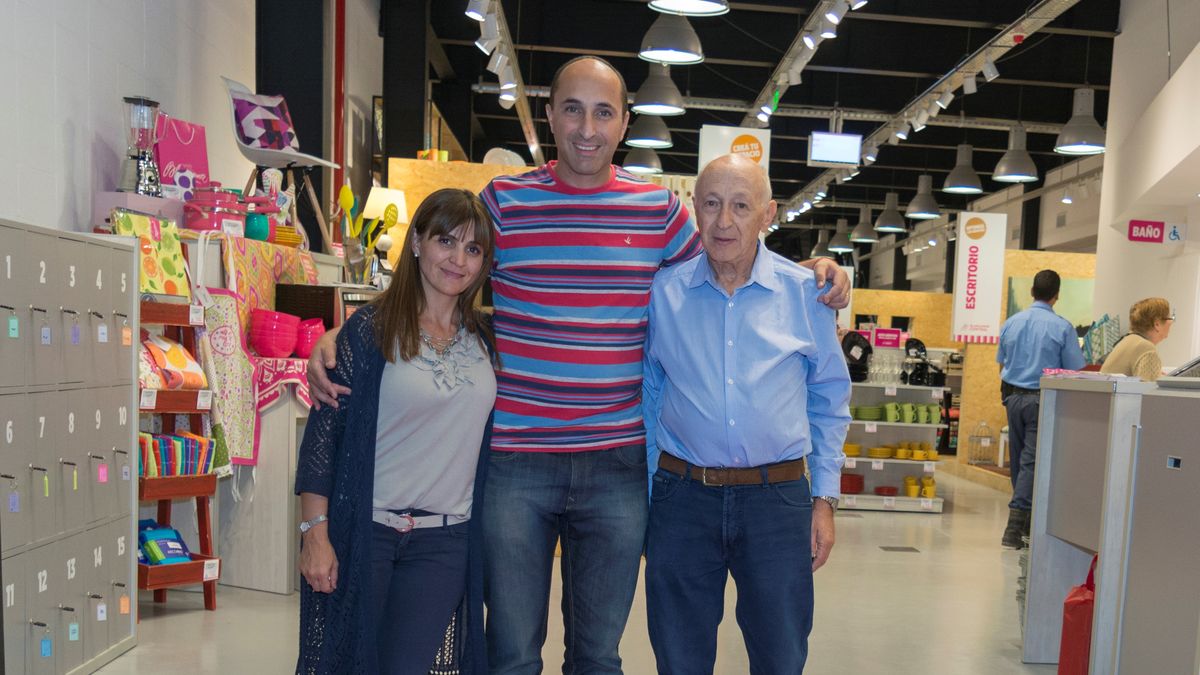In the Argentina It is very complicated to undertake and start a business from scratch, especially when the entire country is in a economic crisis that hurts everyone’s pocketbook. The hyperinflation of 1989 took away the possibilities of thousands of SMEs to prosper.
In that context was born whitelovea furniture and home decoration company from Neuquén that knew how to overcome the obstacles presented by the crisis and now operates with more than 65 employees. Federico Kreplak, son of the founder and CEO of the business, tells his story.
whitelove.jpg
Historical context of 1989
In 1989Argentina was going through a very complicated economic and social situation. The country faced a hyperinflation which had begun in the late 1980s, leading to a significant loss in the value of the Argentine peso and a deep economic crisis. Inflation reached alarming levelsaffecting all sectors of the economy and deteriorating the living conditions of the population.
The economic situation was aggravated by a high external and internal debteconomic stagnation and a lack of investment in infrastructure and capital goods. Socially, the crisis generated great discontent among the population, which manifested itself in a series of protests and riots In May and June 1989, looting and riots occurred in several cities, including Rosario, Buenos Aires and Tucumán, resulting in the deaths of 14 people and numerous injuries.
These events reflected the frustration and despair of the people in the face of the economic crisis and the lack of effective solutions by the government. The presidency of Raul Alfonsinwhich had begun in 1983, was deeply affected by this situation, and finally, in 1990, Carlos Menem He assumed the presidency, marking a change in the country’s economic policy.
Hyperinflation
As prices rose daily, real wages deteriorated rapidlywhich reduced the purchasing power of the population and generated a feeling of general uncertainty. In 1989, inflation exceeded 3,000% annually, causing chaos in the economy, forcing Alfonsín to advance the transfer of command to Carlos Menem.
To control the situation, the new government implemented the Convertibility Plan in 1991under the direction of the Minister of Economy, Sunday Cavallo. This plan established a fixed parity between the peso and the US dollar, backed by a law that prohibited the issuance of currency no foreign exchange reserves. Convertibility helped stabilize prices and generated a period of economic growth. However, the measure also generated a strong dependence on the dollar and growing debt.
inflation consumption supermarkets prices

freepik.es
The story of Blancoamor
In 1986, Carlos Kreplak He worked as an accountant for several small companies along with his wife. In this context, he discovered his passion for entrepreneurship and began to devise his dream business, which he was able to achieve after a lot of savings and a bank loan. After hyperinflation, they had to close all their branches except the central one, which was able to sustain itself thanks to effort and the income that came in. Furthermore, at that time supermarkets They began to incorporate the sale of appliances and household items in their shelves, so customers became fewer and fewer.
Frederick, Charles’s son, inherited the business in 2005 and from there the direction of the company took a positive turn, which led to a company with five branches and a website with shipments throughout the country. They plan to expand their warehouses and logistics centers to continue adding items to Blancoamor.
Source: Ambito




